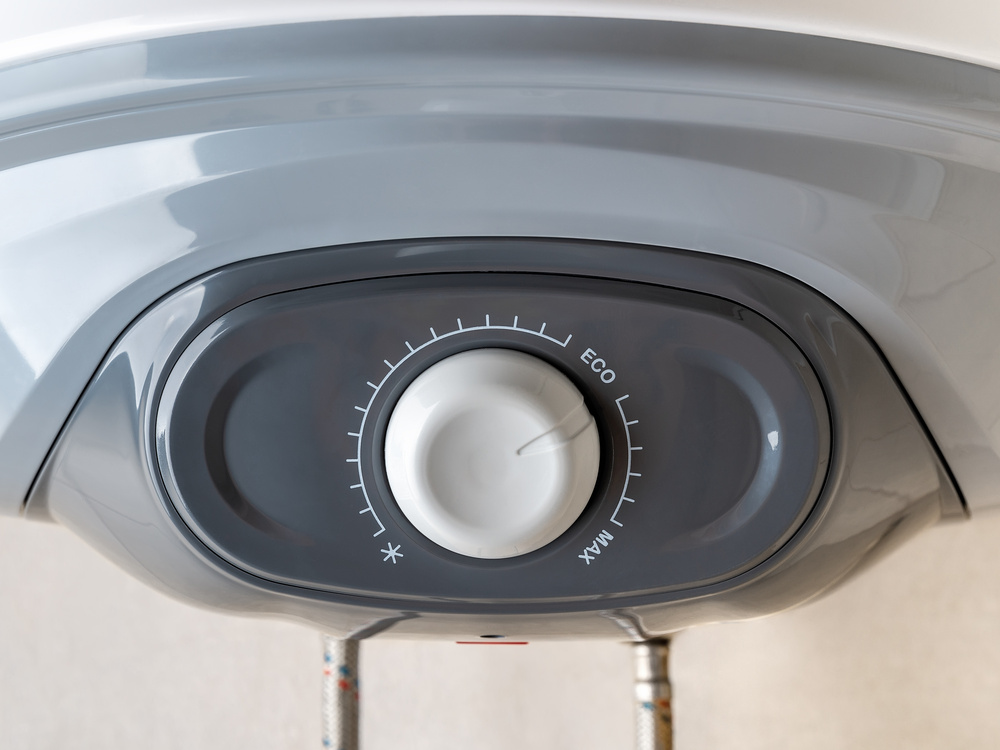Call or Text
801-438-4793Radon in Utah: What You Need To Know
June 3, 2015
You’ve probably heard about radon and how it is a serious hazard when high levels of it are found in homes and businesses. But do you truly understand what radon gas is, whether or not it is present in your Utah area, or the exact radon level in your home? Get the answers to these common questions about radon, radon testing, and radon mitigation.
What is Radon?

Radon is the number two cause of lung cancer after smoking. Also, the risk of lung cancer for children exposed to radon is 20 times more than that of children exposed to cigarette smoke. With that being said, radon gas and testing the level of radon gas in your home is something that should be done regularly to guarantee you and your family’s health.
How Common is Radon in Utah?
Although many people think that radon in only common on the east coast, it is a present and serious issue in Utah as well. In fact, about 30% of Utah homes have a high risk of radon contamination.
Find out the radon-hazard potential of your area in Utah here.
Does My Utah Home Have Radon?
Yes, every home has at least a small amount of radon, however, homes with certain conditions can lead to a high and hazardous level of radon.
These are some conditions of a building or home that create large levels of radon:
- Built on a property that has large traces of uranium
- Loose soil that allows movement of radon
- Cracks, crevices, water openings, or other openings below the ground surface
- Lower air pressure inside the home than in the soil around the foundation
How Does Radon Testing Work?
Since it is odorless, tasteless, and colorless and a serious health risk, radon can only be detected using specialized equipment that can determine the exact amount of radon in your home. Remember that any home despite whether it is new or old, big or small, with or without a basement, has the potential of a high radon level. If radon is found, we will perform thorough radon mitigation to force any contaminated air out of your home.
Regardless of whether or not your area has a low or high radon potential or your home has the conditions that create high levels of radon, you should get your home tested for radon at least every two years to ensure that your home is safe.
If it has been over two years since you’ve gotten a home radon test, Superior Water and Air can help! Call today at 801-438-4845 to get a free quote and set up your appointment.
For more information, check out our radon testing infographic.
Recent News

How to Prevent Mold in a Utah Home After Plumbing Repairs
September 11, 2025

A Utah Homeowners’ Guide to Smart Thermostats
September 10, 2025

My Water Heater’s ECO Switch Keeps Tripping – What Does It Mean?
August 21, 2025

Calling a Contractor for HVAC Services Shouldn’t Be a Nightmare
August 20, 2025

7 Hidden Fittings That Make Your Plumbing Work
July 21, 2025

Never Underestimate the Value of Your Furnace and AC Filter
June 25, 2025


